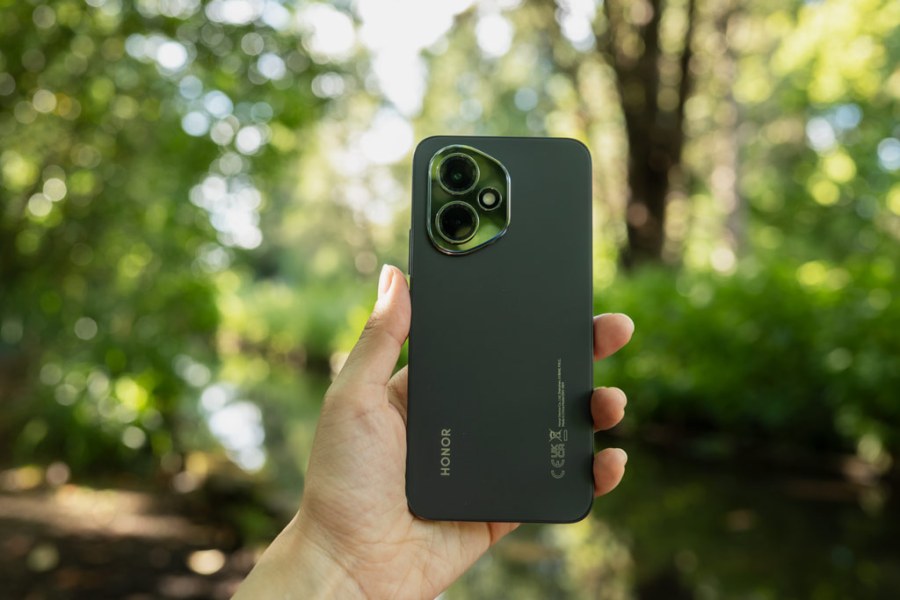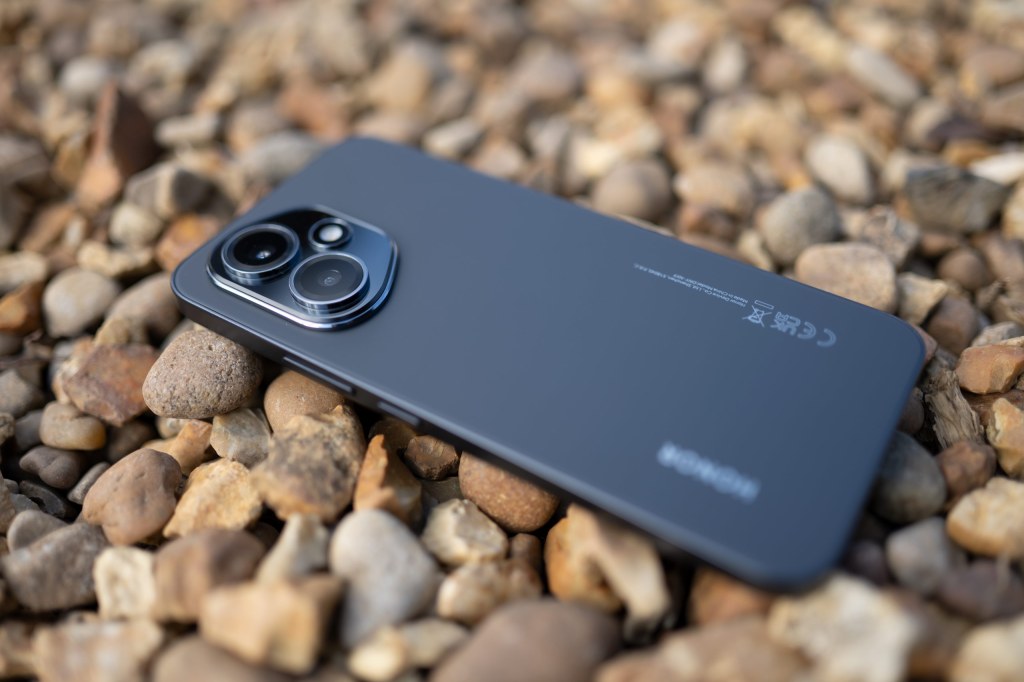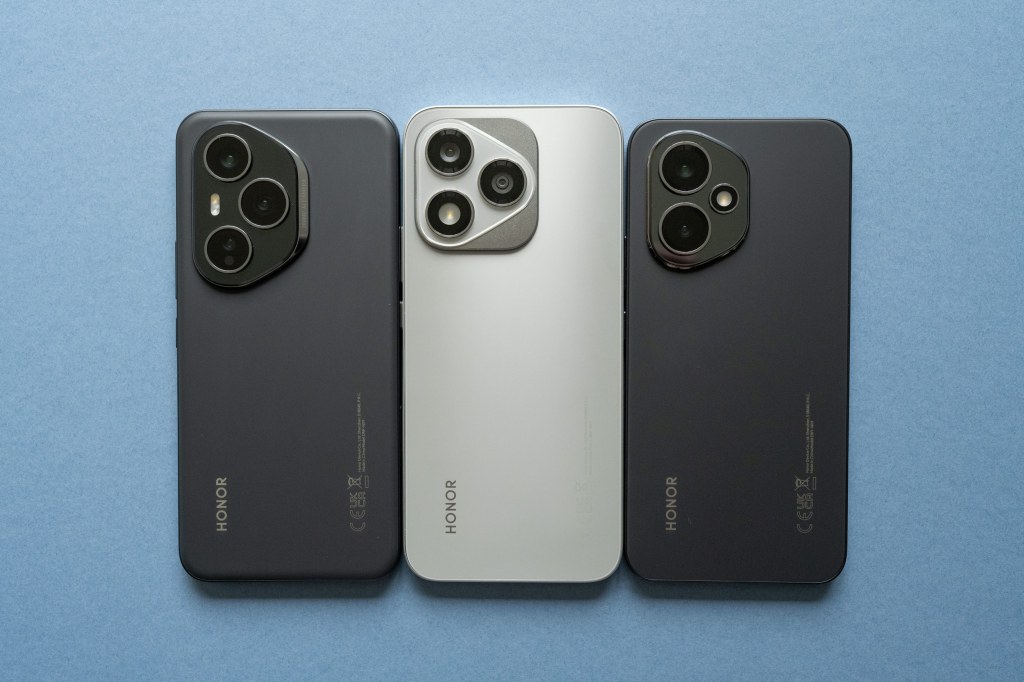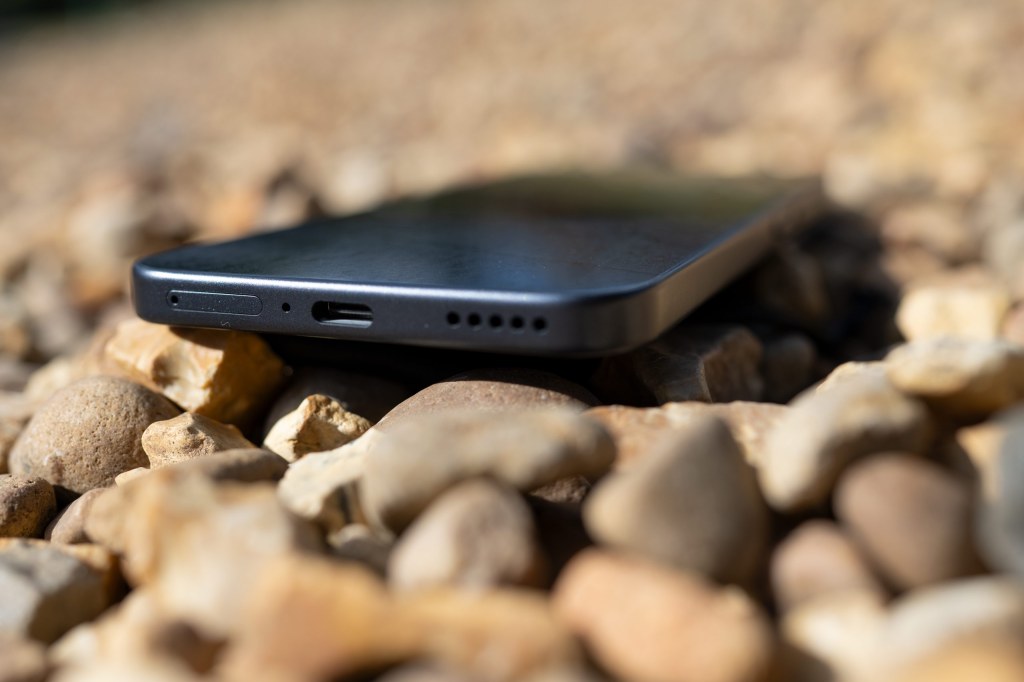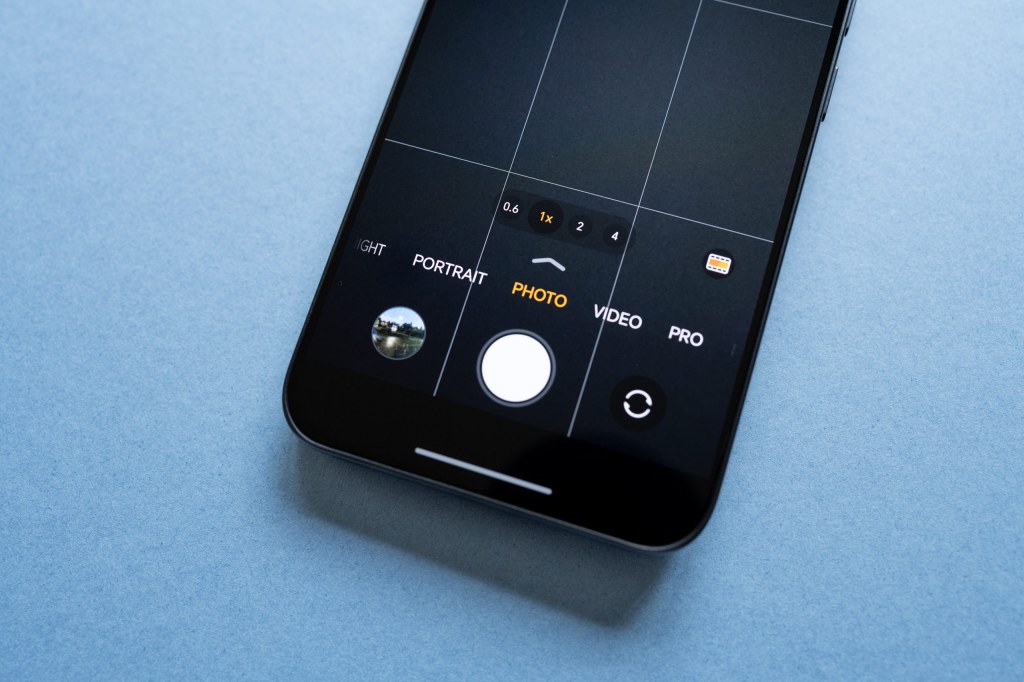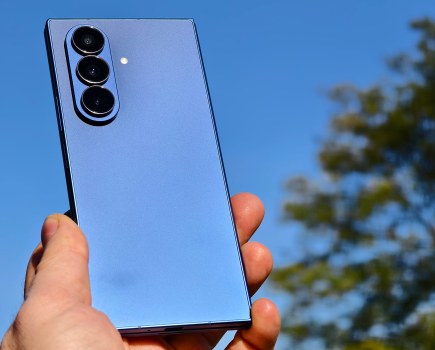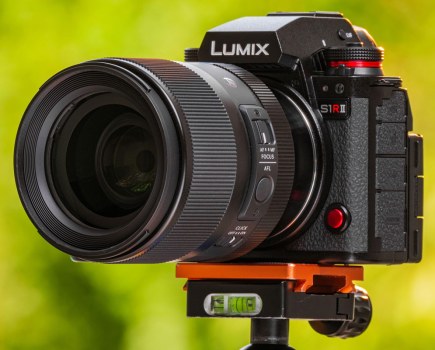Amateur Photographer verdict
A smaller bodied option to the flagship version, it has a very capable main sensor, and bright OLED display. It strikes a healthy balance between price and overall image quality.- Main camera delivers solid results
- Harcourt Portrait modes
- AI superzoom
- No autofocus on selfie camera
- No dedicated telephoto camera
Honor 400 at a glance:
- 200MP f/1.9 main camera, 1/1,4” sensor, OIS-EIS, PDAF
- 12MP f/2.2 ultra-wide and macro camera, 102° FOV, AF
- 50MP f/2.0 selfie camera, gyro-EIS (no AF)
- 6.55inch, 120Hz AMOLED display, 5000nits
- 4K30p video from all cameras
- 5300mAh (6000 outside Europe), 66W wired charging
- RAM/Storage: 8GB/12GB, 256GB/512GB
- OS system: Magic OS 9.0
- 156.5 x 74.6 x 7.3mm, 184g
- Price: £349 (256GB)
How I test the Honor 400
I review smartphones from the perspective of choosing one for its photography and camera performance. I look at what the Honor 400 offers; the features included for photography and video, paying particular attention to the cameras on the phone, and new features, photo editing capabilities, as well as the output from each lens, and how the phone performs overall.
The Honor 400 sits in the middle of the latest 400 series, a step up from the Honor 400 Lite and a little brother to the impressive Honor 400 Pro. It looks similar in terms of rear camera unit and design to the 400 Pro, using a bright 200MP main sensor with OIS and EIS and a 12MP ultra-wide camera at the rear, while a 50MP camera handles selfies at the front. But unlike the 400 Pro and a reduction compared to the previous Honor 200, it has no dedicated telephoto unit. Instead it relies solely on digital zoom, and does a remarkably good job as you will see further on. Maybe even god enough to make it to our guide to the best budget camera phones.
It might have lost a dedicated telephoto camera but received a physically bigger and brighter main sensor in return which tripled in resolution. It also gotten smaller with a 6.55in screen, making it the smallest device in the lineup.
Honor 400 – Features
As I mentioned, the biggest change is in regards to its main sensor, which is now a bigger 1/1,4inch type and boasts 200MP in resolution as opposed to the 50MP in the Honor 200. The main sensor also has a much brighter f/1.9 aperture and features dual image stabilisation with both optical (OIS)and electronic (EIS) on board to tackle blurry images.
The ultra-wide camera became ultra-wide and macro with a slightly narrower field of view but the same 12MP sensor and f/2.2 aperture. The selfie camera got incrementally brighter with an f/2.1 aperture but remained at 50MP resolution and all three cameras record 4K30p video.
There is an 8GB or 12GB RAM version, with the latter only available in certain territories. Storage-wise in the UK you can choose between 256GB/8GB or 512GB/8GB versions. Battery capacity has been improved and it now features a 5300mAh silicon-carbon battery for devices sold in Europe and 6000mAh for the rest of the world. But in a u-turn, Honor’s ample 100W wired supercharge shrunk to a moderate 66W.
It runs Magic OS 9.0 Honor’s proprietary mobile operating system based on Android 15, and is guaranteed to receive 6 years of software and OS updates just like the rest of the 400 series.
The Snapdragon 7 Gen 3 processor is the same as what we have seen in the Honor 200 which will support everyday multitasking and some light gaming, but for hardcore gamers, it won’t hit the mark.
Honor 400 – Handling and Design
It has a similarly sleek design as the bigger 400 Pro, with a glass camera island housing the dual setup at the rear. Measuring 184g and 7.3mm in thickness the Honor 400 is smaller, slimmer and lighter than its predecessor, the Honor 200. Equipped with a flat 120Hz AMOLED display with a higher 5000 peak brightness, it is relatively easy to see even in bright sunlight.
There is no camera button like on the Honor 400 Lite, on one side you have an on/off button and a rocking volume button. You’ll find the USB-C charging port, stereo microphone and access to the SIM card at the bottom.
The Midnight Black finish I tested looks very stylish, but it is prone to fingerprint marks, there is also a Meteor Silver and Desert Gold colourway available that look more forgiving. With an IP65 dust and water resistance rating, it will handle rain or a splash of water, but you shouldn’t let it submerge in water.
Honor 400 – What is the camera app like?
Just like other devices in the series the camera app is responsive and easy to use. Switch AI Photography on in the settings and the phone will automatically recommend the best shooting mode after analysing the subject and lighting conditions.
Apart from the basic Photo mode that opens quickly if you double tap the power butto you also have a dedicated Night mode, as well as Portrait Video and Pro which features RAW capture.
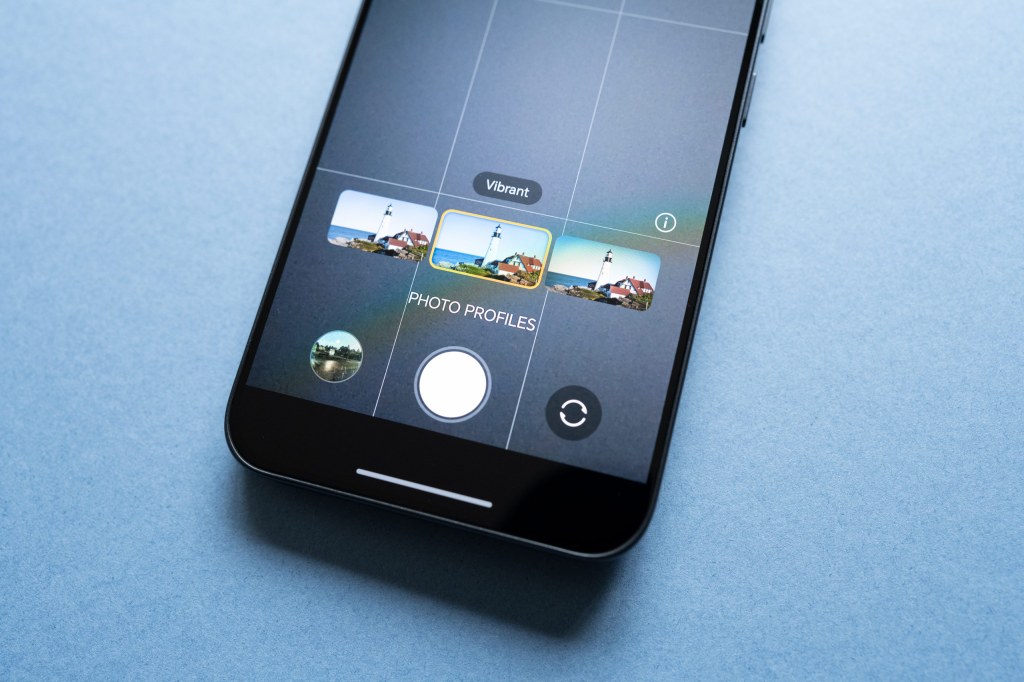
With Moving Photo, a feature first introduced on Apple devices you can capture a 3 second clip and select the best frames or convert it into a short video. While AI Super Zoom will enhance your images when zoomed in over the 15x mark. This function does a far better job of creating realistic enhancements than previous versions, but can still end up adding things that weren’t there before.
The artistic Harcourt Portrait profiles and film simulation options are available in Portrait mode. Here the Beauty mode offers filters to refine your self-portraits but even in regular settings it delivers great results.
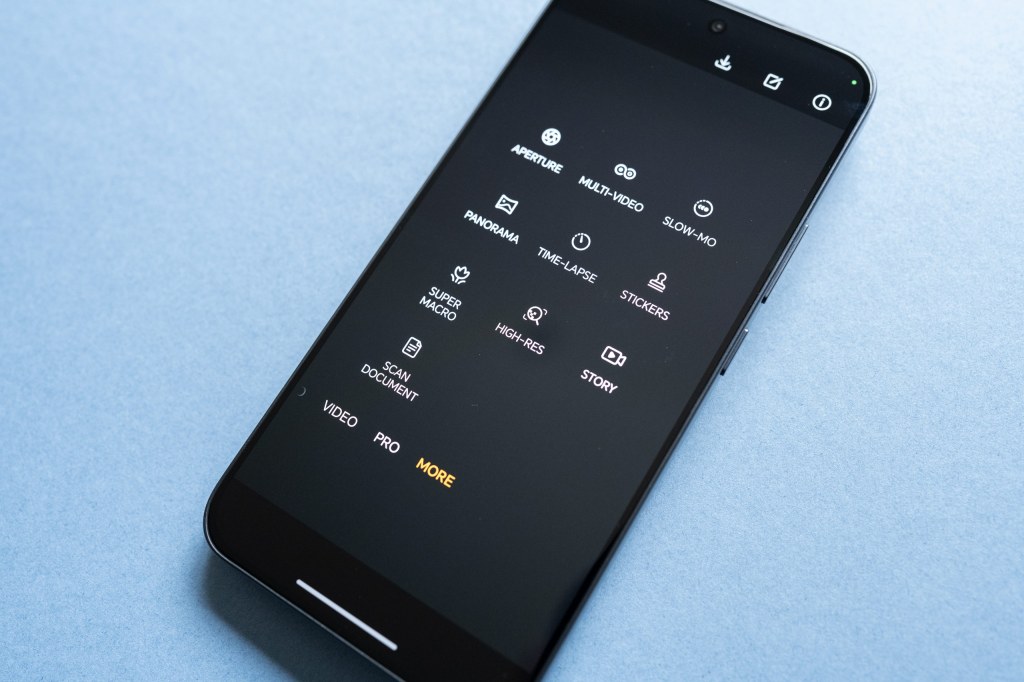
As a key difference between the 400 Lite and 400 version, you have a dedicated Super Macro mode and the Harcourt profiles available for portraits.
Honor 400 – Image quality and performance
As you would expect, the main camera yields the best results with a 200MP sensor (27mm equivalent at 1x) which uses pixel binning technology to output 12.5MP images. Image results from this camera are balanced and show overall sharpness and good amount of detail retained in highlights and shadows. This main 1x camera also serves as the base for the 2x and 4x magnification options, and thanks to the dual Image stabilisation featuring OIS and EIS it does a great job at shooting blur-free images even further zoomed in.
The ultra wide-angle 0.6x option (equivalent to 16 mm) is backed by a smaller 12MP F2.2 sensor, but results from this camera appear well matched. to the brighter main camera, with colours slightly on the cooler side as opposed to the warmer-toned images from the main sensor, but it is not a stark difference.
Just like the 400 Pro you have three beautiful Harcourt Portrait options (Colour, Black and white and Vibrant) which deliver natural-looking separation between the subject and background and a very pleasing out-of-focus effect.
Selfies are backed by a 50MP sensor with a fixed focus, because of the lack of autofocus, you may end up with softer results in some cases, but overall it delivers detailed shots and realistic-looking skin colour and texture even in low light.
It was a joy to use the Honor 400 for macro photography; however, the main photo mode and the dedicated super macro seem to have behaved very similarly for macro shots and close-ups. Even though we have a dedicated ultra wide-angle and macro lens I recommend using the main sensor at 2X or 4X magnification as it has image that realisation, better resolution end you can get close up to your subject without casting a shadow. The results are impressively sharp and detailed.
In the dedicated night mode, you have the ultra wide-angle 0.6x camera and the wide-angle main camera available in 1x and 2x magnification. The ultra-wide fares remarkably well but delivers slightly less saturated images, whereas the brighter main camera with a f/1.9 lens captures sharp and well-detailed shots with minimal flare around light sources.
Honor 400 – Value for money
The Honor 400 is available in most territories, but unfortunately not officially sold in the US. As for Europe, it is available in a smaller battery version with 5300mAh capacity and 8GB of RAM. With the rest of the territories enjoying a generous 6000mAh battery and some the choice between 8GB and 12GB of RAM.
In the UK the two different storage options cost £349 for the 256GB/8GB and £399 for the 512GB/8GB version. You will find other mid-range devices like the Google Pixel 9a and Samsung Galaxy A56, both shooting 12MP downsampled images from their main sensors, too. And even though the A56 (£424/256GB) offers a third camera at the rear, it is only a 5MP macro unit that wouldn’t tip the scales in its favour. On the Google Pixel 9a the dual cameras put in a similar performance, but its selfie camera is only 12MP. The Honor 400 beats both in terms of battery size and fast charging, and is probably on par with their image quality, all the while costing considerably less.
Honor 400 – Verdict
Considering its photography prowess, the Honor 400 is a well-made little phone. Don’t let the fact that it only has two cameras at the rear put you off. By cropping into the main sensor’s high-resolution images, you have yourself a capable telephoto unit that delivers sharp and detailed results up and AI Super Zoom steps in over 15x zoom to enhance and correct images.
The second, ultra-wide camera is a slightly weaker performer but still fares well, whereas the front camera shoots appealing selfies and has a wide enough focus field; autofocus would have been a welcome addition. All that said, the Honor 400 was a joy to use for photography and would make the average user very happy indeed.

Related reading:
- Samsung Galaxy A56 vs Google Pixel 9a
- Best camera phones for photography
- Best smartphones for portrait photography
- Honor 400 Lite Review: Get the iPhone looks for less
- Honor 400 Pro Review: your next favourite for portraits
Full Specifications
| Main camera | 200MP f/1.9 main camera, 1/1,4” sensor, OIS-EIS, PDAF |
| Ultrawide camera | 12MP f/2.2 ultra-wide and macro camera, 102° FOV, AF |
| Telephoto camera | – |
| Selfie camera | 50MP f/2.0 selfie camera, gyro-EIS (no AF) |
| Video | 4K30p video from all cameras |
| Screen | 6.55inch, 120Hz AMOLED display, 5000nits |
| Battery | 5300mAh (6000 outside Europe), 66W wired charging |
| Processor | Snapdragon 7 Gen 3 |
| Storage | 256GB/512GB |
| OS | Android, Magic OS 9.0 |
| Dimensions | 156.5mm x 74.6mm x 7.3mm |
| Weight | 184g |

